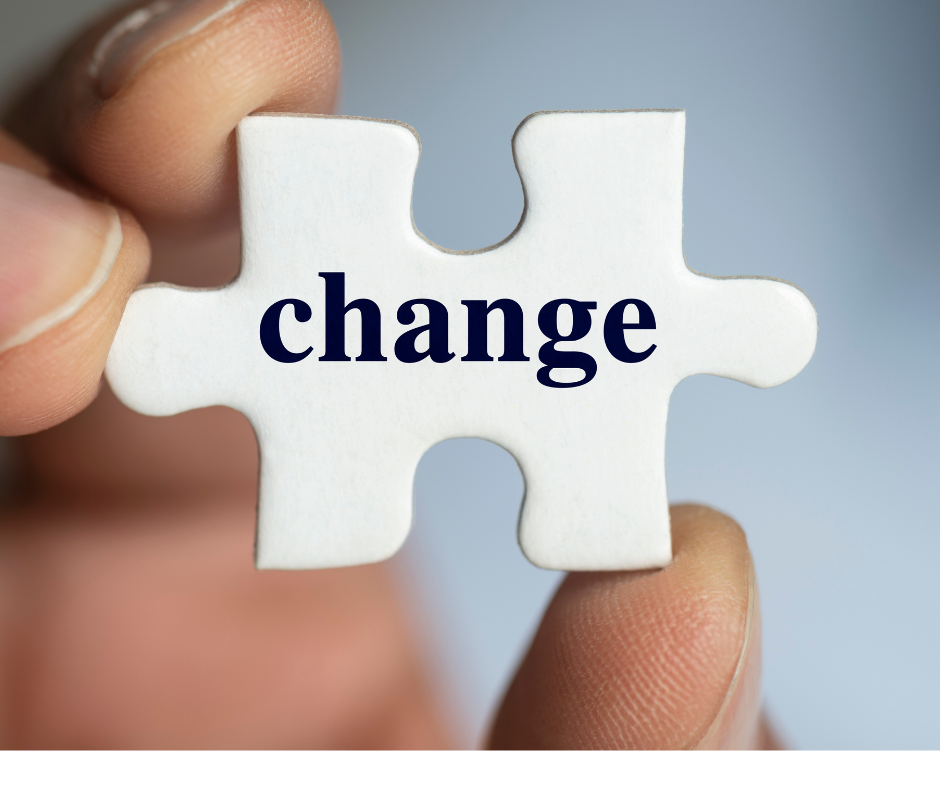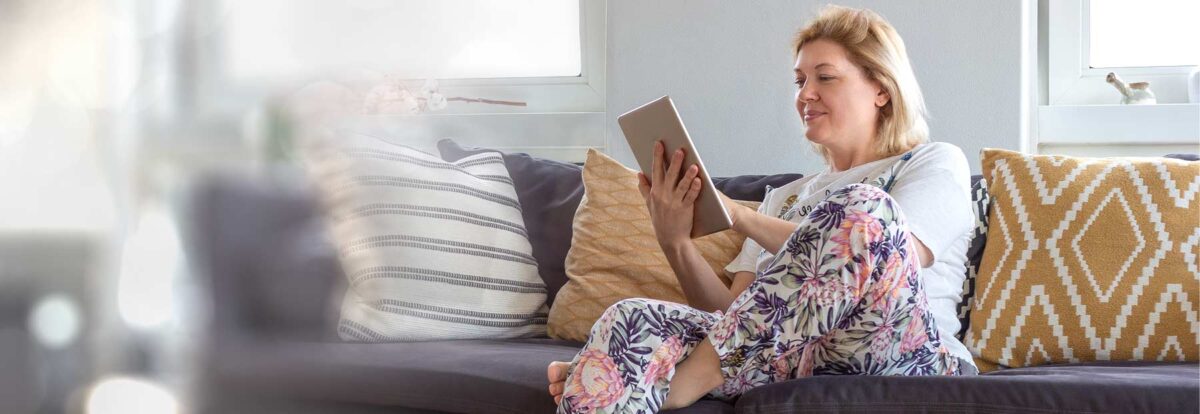
Originally written for The Huffington Post
With the emergence of fall comes the promise of Halloween and all things pumpkin spice, festive, and spooky. It’s no surprise that the people behind the scenes of Knott’s Berry Farm carefully curated a new attraction to cater to this season; an attraction to entertain a crowd of consumers who enjoy being spooked. An attraction that, in its essence, uses the idea of mental illness to create fright, interest, amusement, and — let’s be honest — monetary profits.
Originally named FearVR: 5150 (a reference to the code for a psychiatric commitment), the makers no doubt poured a great deal of money into the attraction in anticipation of the profit that its success and popularity would bring. In theory it makes total sense, in fact I would even go as far to say that it was a smart business decision. People love fall. They go nuts over pumpkin spice lattes, pumpkin flavored cereals, pumpkin butter, and pumpkin beer. They love the magic of Halloween. They love the decorations, the sweets, and all the frightening and haunting parts that go along with it. They love the exhilaration and the thrill. This probably explains why the ride was completely sold out last week.
It may have been a clever business move, but was it morally, socially, and ethically acceptable? Many mental health advocates would say the answer is a resounding no, and here’s why.
1. Mental illnesses are serious and can be life-threatening. A ride that mimics admission into a mental hospital, restraints and all, with a patient on the loose “coming for you” sends the message that mental illness is something laughable that can be used for our entertainment.
2.It reinforces a long-time stigma around mental illness. Fear has driven mental health discrimination for 400 years, and attractions such as this perpetuate our society’s worn in beliefs about mental illness. In the 1700s, people with psychological conditions were often thrown in jail or quarantined for their behavior, often because people didn’t know what else to do. But with time comes research, knowledge, wisdom, science, and understanding. Reinforcing the stigma and shame around mental illness simply caters to the idea that the mentally ill are people to be feared, ignored, or made fun of.
3. Stigma creates shame and obstructs access to treatment. If you or a loved one suffers with some form of mental illness, seeing a successful theme park attraction based on one of your worst life experiences is probably going to make you feel pretty lousy. And embarrassed. And shameful. When we stigmatize mental illness, we belittle a person’s life – and their suffering. We make it uncomfortable and daunting to reach out for help. Rather than helping this population access care and treatment, we help to thicken the dark veil of shame that surrounds mental illness. Mental illnesses are treatable, but not if we create impossible barriers to cross.
4. Stigma perpetuates inaccurate connections between mental illness and violence. Fact: The vast majority of people with mental health problems are no more likely to be violent than anyone else. Most people with mental illness are not violent and only 3%-5% of violent acts can be attributed to individuals living with a serious mental illness. In fact, people with severe mental illnesses are over 10 times more likely to be victims of violent crime than the general population. You probably know someone with a mental health problem and don’t even realize it, because many people with mental health problems are highly active and productive members of our communities. – Mentalhealth.gov
So after all these years, and after all we have learned about mental health, why are we still making a mockery of mental illness? Why are we still making a mockery of illnesses that are genetic, difficult to change, life altering, and most often unwanted by those who are afflicted?
It can’t be as simple as monetary gain.
In response to some push back around the sensitivity and appropriateness of the attraction, Knott’s Berry Farm dropped 5150 from the name, claiming that the virtual reality experience was meant to be a paranormal, zombie-like atmosphere in a medical setting, and not a dig at anyone’s mental health (hard to believe when 5150 was included in the original name). Changing the name, but not the content, seems like an inadequate attempt to mask a serious problem.
Shortly after the name change, and a little more push back, Knott’s Berry Farm announced the closure of the attraction altogether.
Sadly, stories such as these are not uncommon. In the fashion industry for example, many items have been launched – and then hastily removed — after receiving an unfavorable response from mental health advocates. (See Urban Outfitters shirts with text “Depression” and “Eat less” and Halloween costumes called “Gone Mental“). Is it really all about the bottom line? Are we so desperate for financial gain that we are grasping at insensitive and inaccurate content at the expense of others?
Does it make us feel better about ourselves to make a joke of those who appear weaker or less fortunate? Have our ideas about mental illness become so entrenched in our society that we are simply unable to replace old ideas with more current and accurate information?
Whatever the reasoning behind this long-enduring mental health stigma, advocates seem to be doing the right thing. When people stand up to injustice, prejudice, and discrimination, they are slowly and collectively correcting our nation’s definition of mental illness. They are giving a voice to a community that is often quiet — remaining overlooked and misjudged. They are challenging myths, defying old habits, and correcting erroneous information.
They are creating change.
And maybe, all we need to move each other towards the end of mental health stigma is change — correcting one offense at a time.

